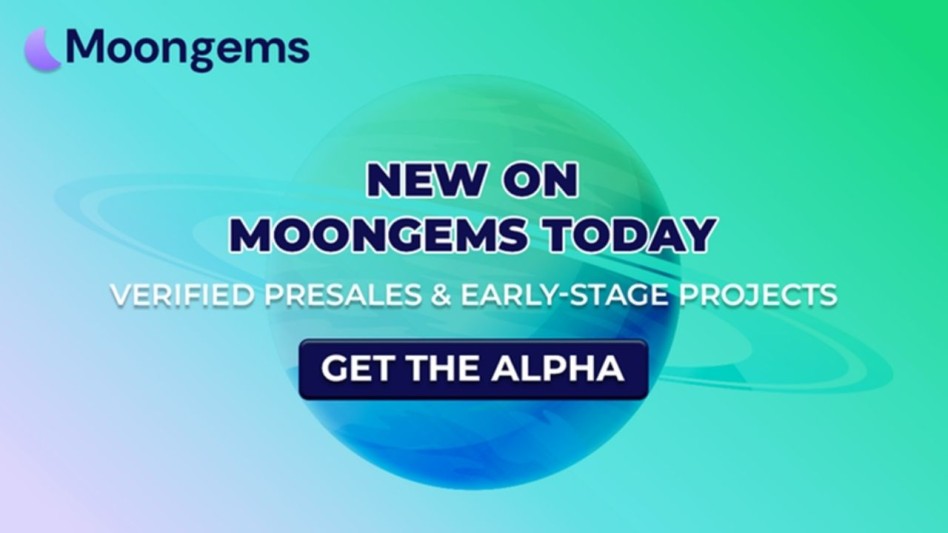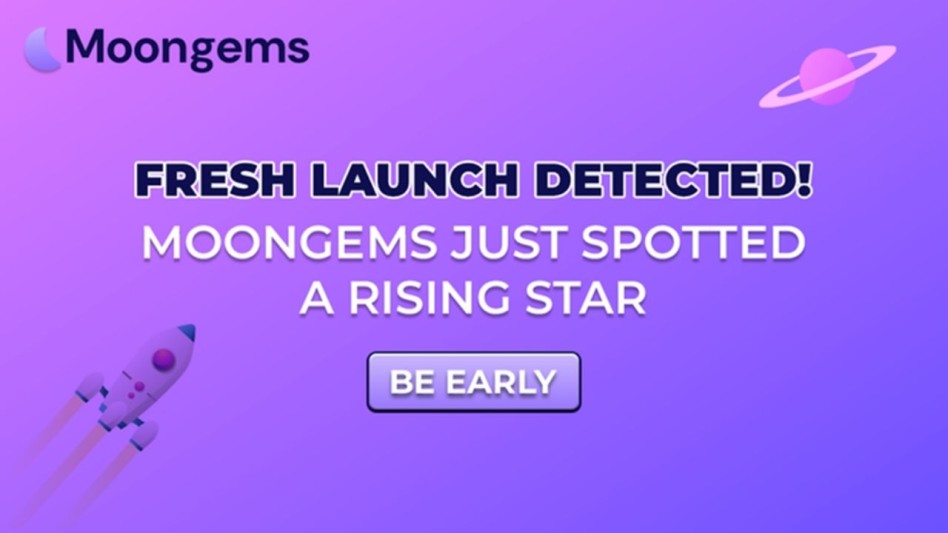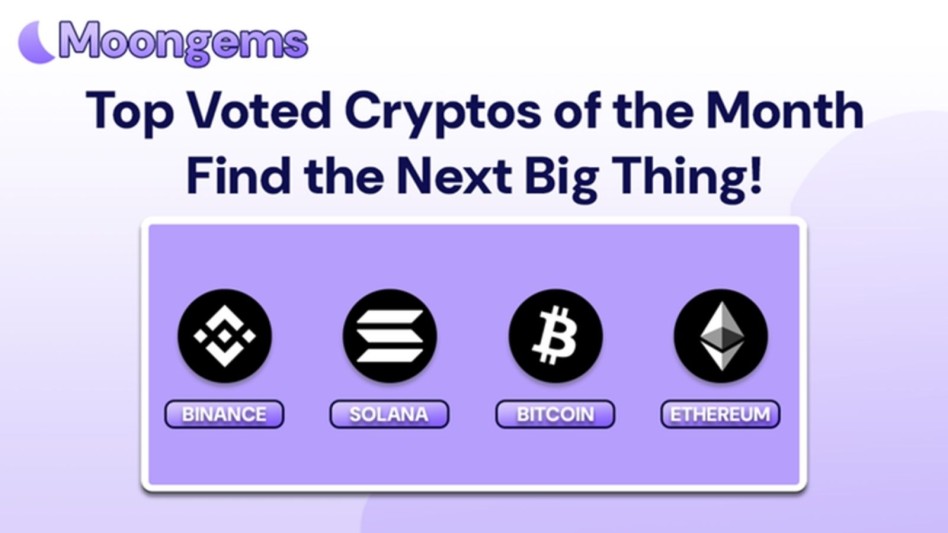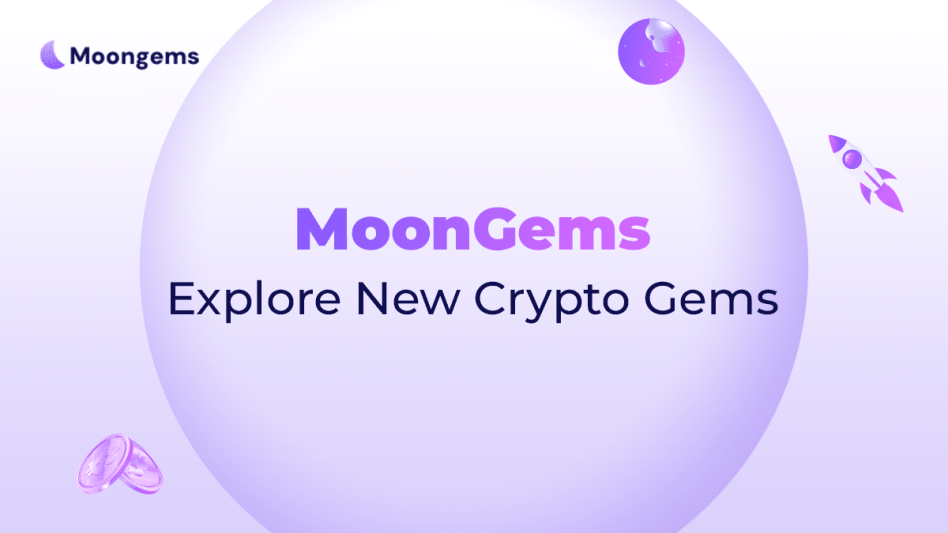Author: Jawad Hussain – Crypto Analyst & Web3 Researcher | 9+ years tracking presales, IDOs, and token launches. Follow him on Twitter and LinkedIn.
One factor remains timeless in the chaotic sea of presales, meme coins, and narrative-driven hype: the people behind the project. In 2025, you can fake community size, manufacture engagement, and even rent influencers — but you can't fake a legitimate, experienced, and public-facing team.
Too many investors dive into presales based solely on flashy websites or hyped Telegram groups. But without vetting the founders and devs, you’re essentially gambling on anonymous avatars. A well-documented team with a public LinkedIn trail, active GitHub contributions, and relevant Web3 experience should be your first filter before committing funds.
This article explores how to vet a crypto project team using publicly available tools, the red flags that indicate trouble, and the checklist every serious investor should use, especially when browsing listings on platforms like MoonGems.
By the end, you’ll be equipped to sniff out the difference between a legit project and a vapor team — no blockchain degree required.
LinkedIn Investigations: Public Identity is a Trust Signal
In Web3, anonymity isn’t always a red flag — but transparency is still a premium signal. One of the first things you should check is whether the core team has a LinkedIn presence.
Here’s what to look for:
- Consistency: Their LinkedIn job titles, project names, and employment history should match those on the official website and in announcements. If timelines or roles don't match up, they may have copy-pasted or fabricated experience.
- Network: A genuine crypto founder will usually have mutual connections in the industry—developers, advisors, investors, or previous project collaborators. A profile with zero mutual crypto contacts is suspicious, especially if the founder claims to have years of Web3 experience.
- Experience: Look for meaningful prior blockchain, fintech, or software roles. If their background is completely unrelated or there’s no history of previous work in startups, ask whether this person can lead a crypto launch.
- Engagement: Regular posting, endorsement from peers, and interaction with crypto-related content show that the person is involved in the community. Ghost accounts or silent profiles suggest someone who’s hiding, not building.
MoonGems flags projects with poor identity transparency so you don’t waste time on ghost teams.
GitHub & Dev Activity: Trust the Code, Not Just the Brand
GitHub is your best friend for projects that claim to be building dApps, protocols, or utilities.
GitHub reveals more than just code. It shows:
- Developer consistency: Ongoing commits over time show that the team is actively working on the project. A GitHub repo with multiple daily or weekly contributions suggests a strong development effort. In contrast, a project with a single commit or no changes for weeks is often just a mockup.
- Activity history: Look for repositories created months before the presale announcement. Projects that suddenly spawn a GitHub repo the same week as their presale are often rushed or repackaged forks. Organic projects evolve over time.
- Open-source transparency: If the team claims to be building a decentralized protocol but keeps everything closed-source, that’s a red flag. Public repos let the community audit, contribute, and verify claims.
- Contributors: A healthy project will have multiple contributors with distinct profiles. A repo maintained by only one anonymous developer raises serious concerns about scalability, reliability, and transparency.

MoonGems includes GitHub activity summaries in its listings so investors can easily verify whether a project is more than just marketing fluff.
Red Flags That Scream “Run”
Spotting a bad project early can save you from getting ripped off. Here are the top red flags to watch for in 2025:
- Anonymous team with no audit trail: If you can’t find names, photos, or past work, the team may be hiding for a reason. Transparency is optional for open-source communities, but critical for presale fundraising.
- Stock photos on team page: Reverse-image searching a team photo and finding a Shutterstock watermark is a huge warning sign. Scam projects often use fake images to appear professional.
- No LinkedIn or GitHub links: Lack of links to professional or technical profiles is a strong indicator of a team with something to hide. It’s the equivalent of a resume with no references.
- Recycled bios or LinkedIn copy-paste jobs: Look for generic phrases like "visionary blockchain leader" or reused job titles. These bios are often copied from other projects or generated by AI.
- Inconsistent project history: If team members claim involvement in previous successful launches, verify those claims. Look for proof like old tweets, PR announcements, or GitHub commits.
- No AMAs, interviews, or public appearances: A credible team will at least show up for an AMA (Ask Me Anything), podcast, or community space. Silence often means they’re avoiding accountability.
- Hype-heavy but info-light whitepapers: If a whitepaper is filled with buzzwords but lacks clear tech, tokenomics, or roadmap details, treat it with caution. Real builders focus on execution, not empty promises.
MoonGems actively filters out projects that exhibit multiple red flags to help protect users.
The Smart Investor’s Checklist for Vetting Teams
Before you invest in any presale, especially early-stage tokens, use this checklist:
- Team members listed with real names and bios: Names should match those on LinkedIn or previous crypto projects. Bios should explain their role, responsibilities, and relevant experience.
- Verified LinkedIn accounts with experience in tech or blockchain: Make sure their profiles have credible endorsements, job history, and activity. Connections to known crypto firms or past projects add weight.
- GitHub activity shows consistent development: Look for active repositories with frequent commits, multiple contributors, and detailed READMEs. Avoid projects with ghost repos.
- Interviews, AMAs, or social media activity from team leads: Teams that engage publicly show they are open to feedback and willing to be held accountable. Public visibility is a soft form of KYC.
- Advisors or investors with a public track record: Endorsements from known VCs, angel investors, or industry names signal legitimacy. Verify these claims via Twitter, Crunchbase, or LinkedIn.
- Project roadmap reflects realistic milestones: Overly ambitious timelines or vague promises are a red flag. A good roadmap breaks down goals into quarters or months with achievable targets.
- Listed on trusted aggregators like MoonGems with verifiable details: Being featured on MoonGems means the project has undergone initial checks for red flags, team transparency, and technical documentation.

Final Thoughts: You’re Not Just Investing in a Coin — You’re Backing a Crew
In crypto, the team isn’t everything, but in presales, it’s close.
A well-vetted team builds confidence, attracts community, and increases the chances of long-term delivery. Conversely, a shady or invisible team can destroy a project overnight.
If you’re investing based on vibes alone, you’re gambling. If you’re using real-world vetting tools like LinkedIn and GitHub — and platforms like MoonGems to do your due diligence, you’re playing the long game.
Don’t just follow the hype. Follow the humans behind it.
Frequently Asked Questions (FAQs)
- Why is it important to vet a crypto project team?
Because the team is responsible for delivering on promises, your investment could be at risk if they lack experience or transparency. - What should I look for on LinkedIn?
Look for real names, consistent experience, connections in the crypto industry, and recent activity. - How can GitHub help me vet a team?
It shows development history, code quality, and whether the team is actually building something, not just marketing. - What are some red flags in team profiles?
Anonymous founders, fake bios, no GitHub activity, recycled headshots, and a lack of public engagement. - Can a project be legitimate without public team profiles?
Sometimes, especially in community-led or open-source projects. But transparency is almost always safer. - Does MoonGems verify project teams?
Yes, MoonGems includes team transparency scores and links to LinkedIn and GitHub whenever available. - Should I still invest if a project looks exciting but the team is anonymous?
Proceed with caution. If there's no verifiable track record, the risk increases significantly.
Glossary of Terms
- GitHub: A web platform for sharing and collaborating on software code.
- LinkedIn: A professional social network used to verify identities and experience.
- Presale: An early investment opportunity before a token is listed publicly.
- Doxxed Team: A crypto team that has publicly shared their identities.
- Commit: A code update or change recorded in GitHub.
- AMA: Ask Me Anything, a public Q&A format popular in crypto communities.
- Rug Pull: A scam in which the team abandons a project after taking investor funds.
- MoonGems: A platform for discovering and analyzing early-stage crypto presales.
- Red Flag: A warning sign indicating potential risk or fraud.
- Open Source: Software made publicly available and freely modifiable.
Disclaimer
This content is for informational purposes only and does not constitute financial advice. Investing in crypto presales carries risk, including potential capital loss. Always do your own research (DYOR) and consult professional advisors before participating in early-stage investments.











